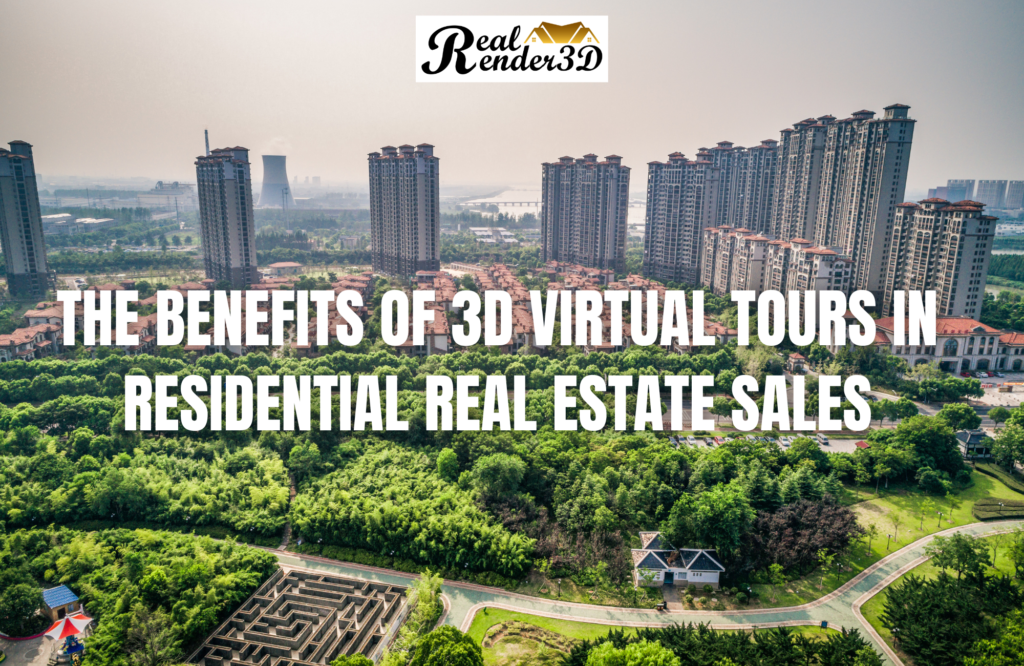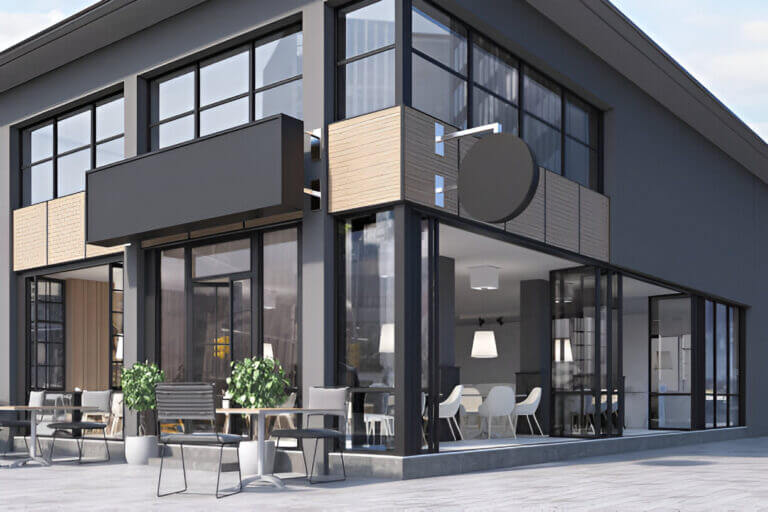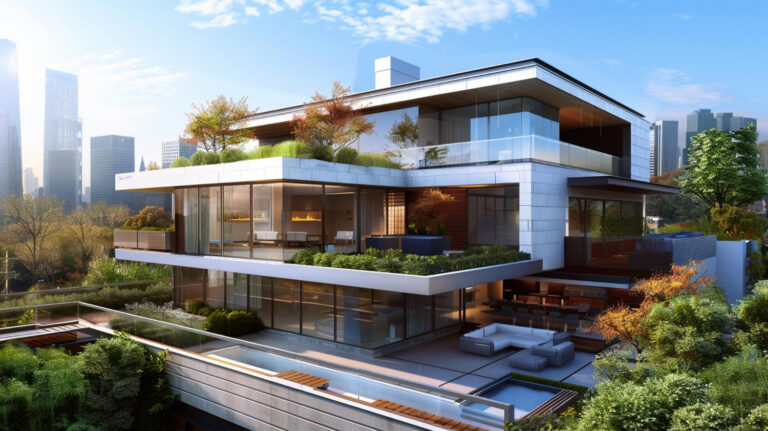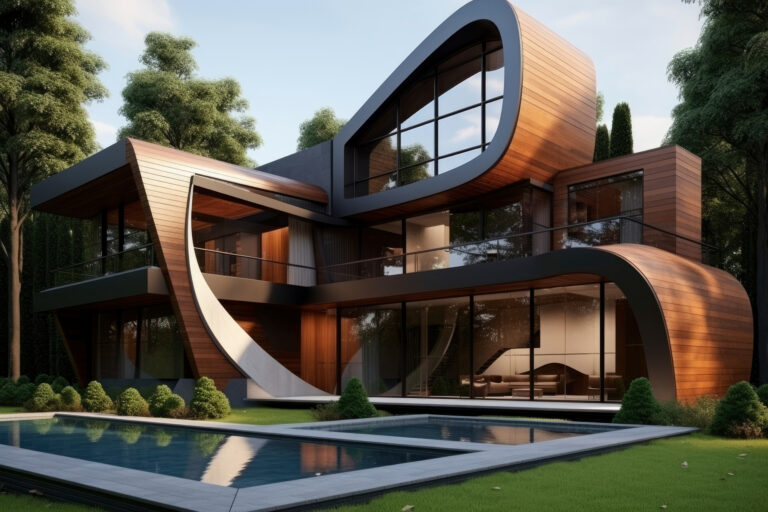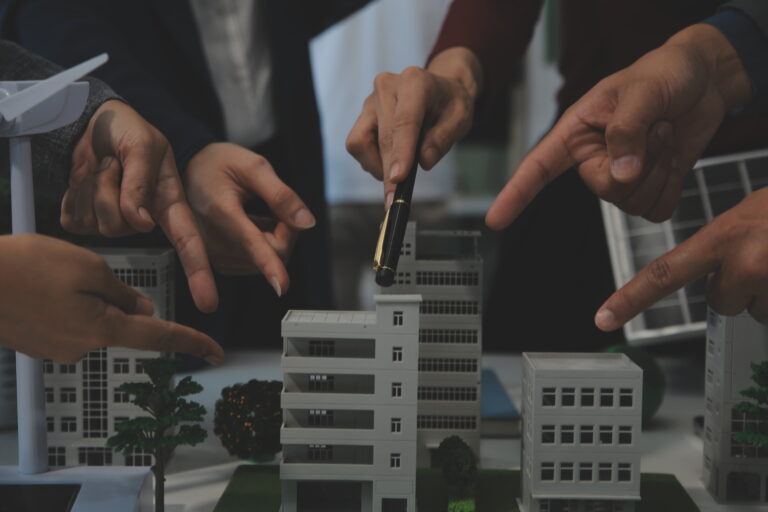Introduction
You may hesitate, wondering if 3d rendering services and 3d architectural rendering are truly worth the investment when adding 3D virtual tours to your residential real estate.
In the evolving landscape of residential real estate, 3d Virtual Tours have become a cornerstone technology, significantly enhancing how properties are marketed and sold.
These immersive experiences not only streamline the buying process but also offer a competitive edge in attracting potential buyers.
At RealRender3D, we’ve guided real estate professionals through that same uncertainty. Early adopters often treated virtual tours as an optional extra until they saw how immersive, interactive experiences accelerate decisions, expand buyer reach, and close deals faster.
In this post, we’ll share our on-the-ground insights, drawn from hundreds of residential projects, to reveal how 3D virtual tours redefine property marketing.
By the end, you’ll understand not only the tangible benefits of 3D virtual tours in residential real estate sales but also how to integrate them into your process for maximum impact.
What Are 3D Virtual Tours?
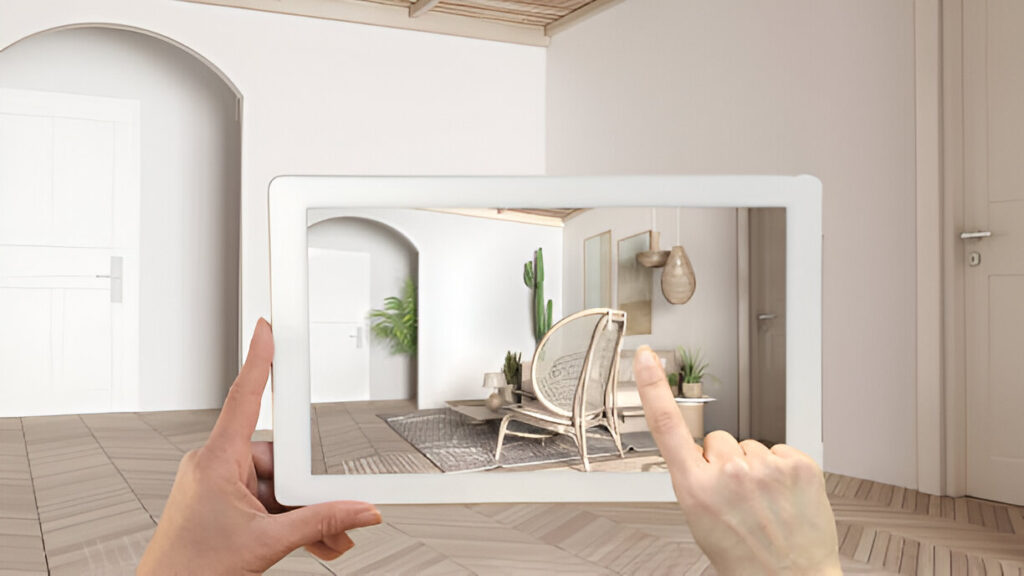
3D virtual tours are interactive digital walkthroughs that allow potential buyers to explore a property virtually.
Unlike traditional video tours, these tours enable users to navigate the property at their own pace, offering a 360-degree view of each room with the help of 3D rendering services.
This technology provides a realistic sense of space and layout without the need for physical presence, making it a powerful tool in today’s digital-driven market.
The Evolution of Home Viewing
Not long ago, selling homes meant hosting a succession of open houses and relying on professional photography. Buyers would flip through photo albums, attend scheduled tours, and rely on imagination to fill in staging gaps.
That process often stretched over weeks or months, with many prospects dropping off before the third visit.
Online video walkthroughs improved matters, allowing remote prospects to view floor plans in motion. Yet those videos remained one-way broadcasts—buyers watched passively without control over what they saw or when.
Enter 3D virtual tours: fully navigable environments where viewers choose their own path, pause at details that matter, and engage with spaces on their own terms.
This shift from passive videos to interactive tours represents a seismic change in residential real estate marketing. As buyers increasingly demand convenience and on-demand access, 3D virtual tours become not just an option but a necessity for firms aiming to stand out in a crowded market.
Key Benefits of 3D Virtual Tours in Residential Real Estate Sales

By replacing uncertainty with clarity, 3D virtual tours deliver measurable advantages across every stage of the sales funnel.
Below is a summary of the primary benefits we consistently observe at RealRender3D:
| Benefit | Description | RealRender3D Impact |
|---|---|---|
| Enhanced Buyer Engagement | Viewers explore spaces at their own pace, focusing on features that matter most | 60 percent longer session times on listing pages |
| Broader Reach and Accessibility | Prospects from any location can tour properties 24/7 without scheduling conflicts | 40 percent increase in out-of-state and international leads |
| Faster Decision Making | Immersive tours reduce guesswork and answer questions upfront, shortening the approval cycle | 30 percent reduction in days on market |
| Reduced On-Site Traffic | Virtual tours pre-qualify buyers, ensuring only serious prospects request in-person visits | 50 percent fewer unnecessary showings |
| Cost Savings on Staging and Prints | High-quality digital staging and annotations cut physical staging expenses and printed material costs | Up to 70 percent savings on staging budgets |
| Stronger Emotional Connection | Interactive experiences help buyers envision themselves living in the space, increasing conversion | 25 percent uplift in offer-to-listing price ratios |
These advantages are far more than theoretical. In the following sections, we’ll unpack each benefit in detail, illustrating how RealRender3D’s expertise in 3D Virtual Tours in Residential Real Estate turns browsers into buyers.
Enhanced Buyer Engagement
You might worry that virtual tours feel cold or clinical compared to in-person viewings. In reality, well-crafted 3D tours draw buyers deeper into a property than static photos ever could. Here’s how:
• Buyers control the narrative – They navigate from room to room in any order, linger over details, and zoom in on finishes that catch their eye.
• Interactive hotspots – Embedded information tags highlight key features such as smart home integrations, energy-efficient appliances, or custom cabinetry, providing context without breaking immersion.
• Seamless staging swaps – Prospective buyers can toggle between multiple furniture and decor options, tailoring the experience to their personal taste and boosting emotional resonance.
In one suburban development we supported, initial website analytics showed a 65 percent bounce rate on listing pages. After embedding our 3D virtual tours, bounce rates plummeted to below 20 percent, and the average time on page rose from 45 seconds to over 3 minutes.
Prospects weren’t just clicking through—they were engaged!
Broader Reach and Accessibility
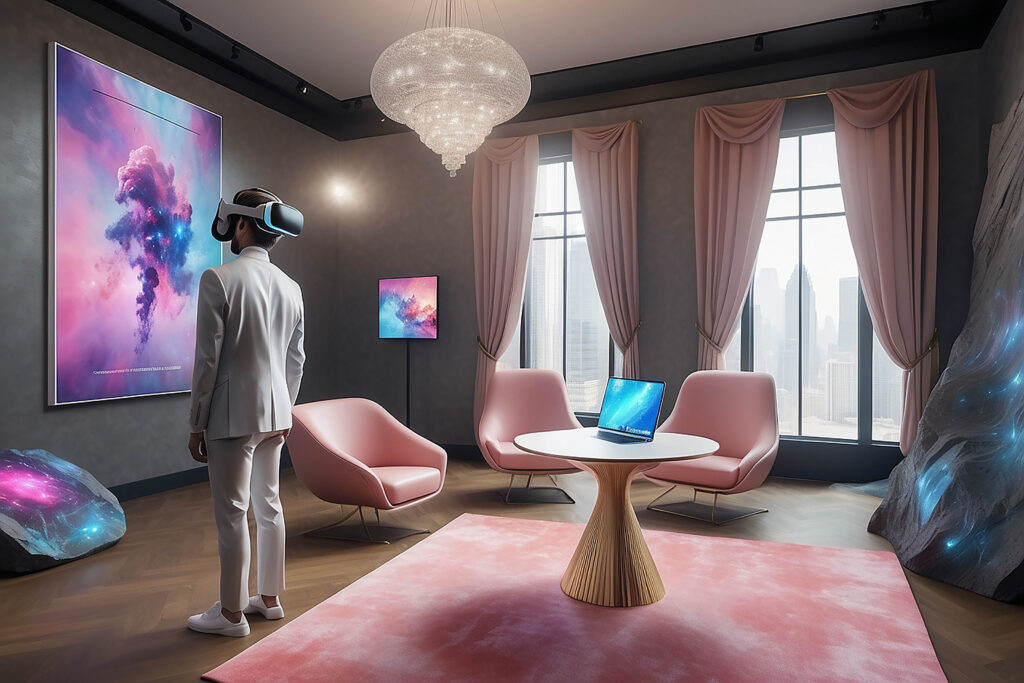
You may feel that local open houses and broker networks cover your market sufficiently. Yet in an era of remote work and global mobility, serious buyers often live hundreds or even thousands of miles away.
3D virtual tours break down geographical barriers by offering:
• 24/7 on-demand property access, regardless of time zones
• Mobile-optimized tours that run smoothly on smartphones and tablets
• Easy sharing via email links, social media, or embedded in your MLS portal
One luxury real estate agency we partnered with in California saw a 40 percent jump in out-of-state inquiries after launching 3D tours.
Buyers from New York, Texas, and even overseas logged in to explore estates at their leisure, with several closing offers sight-unseen based solely on the virtual experience.
Reduced On-Site Traffic
Open houses and private showings consume significant agent time and expense, often attended by tire-kickers who never convert.
When you offer a comprehensive 3D virtual tour, you effectively pre-qualify prospects:
• Serious buyers who have toured digitally are already comfortable with the layout and finishes
• Agents spend more time with motivated clients during scheduled in-person visits
• Vendors and stagers incur fewer travel and setup costs when fewer showings are required
In one multi-family development project, the sales team cut in-person visits by half without sacrificing conversion rates. Agents reported that every in-person showing was now with a pre-qualified buyer, enabling more efficient use of their time and reducing logistical headaches.
Cost Savings on Staging and Prints

Physical staging of homes can cost anywhere from $2,000 to $8,000 per listing, plus photography, printing, and mounting of marketing boards. By contrast, digital staging within a 3D virtual tour provides comparable visual appeal at a fraction of the cost:
| Expense Category | Traditional Cost | Digital Tour Cost | Approximate Savings |
|---|---|---|---|
| Furniture & Decor Rentals | $3,500 per listing | Included in rendering fee | 100 percent |
| Professional Photography | $1,200 per shoot | N/A – stills extracted from tour | 100 percent |
| Print Boards & Brochures | $800 per project | Digital materials only | 100 percent |
| Staging Labor & Logistics | $750 per listing | N/A | 100 percent |
| Total Estimated Savings | $6,250 | Provided within render package | Up to 70 percent overall |
Digital renderings also eliminate potential damages to homeowner property during staging and reduce carbon footprint by minimizing transport of large furniture pieces.
The result is a greener, leaner marketing strategy that resonates with cost-conscious and eco-aware clients.
Stronger Emotional Connection
You may question whether a digital platform can replicate the emotional pull of an open house smell, the warmth of sunlight through a window, or the feel of high-end finishes.
While virtual tours cannot match every sensory detail, they excel at:
• Creating presence – High-quality lighting, sound design, and branded user interfaces immerse buyers in the space
• Personalization – Interactive features let buyers choose how they experience the home, increasing emotional ownership
• Narrative storytelling – Guided tours with voice-over or on-screen prompts can highlight lifestyle scenarios—family dinners, morning routines, or entertaining guests
One young couple considering a loft conversion told us they fell in love with the property “before ever setting foot inside.” The 3D tour’s mood lighting at dusk and staged furniture layout convinced them this was the right space to call home.
Emotional connection often translates directly into confident offers and shorter negotiation cycles. This adaptability makes them a valuable tool in reaching a wider audience and generating more leads.
Enhancing Property Visualization
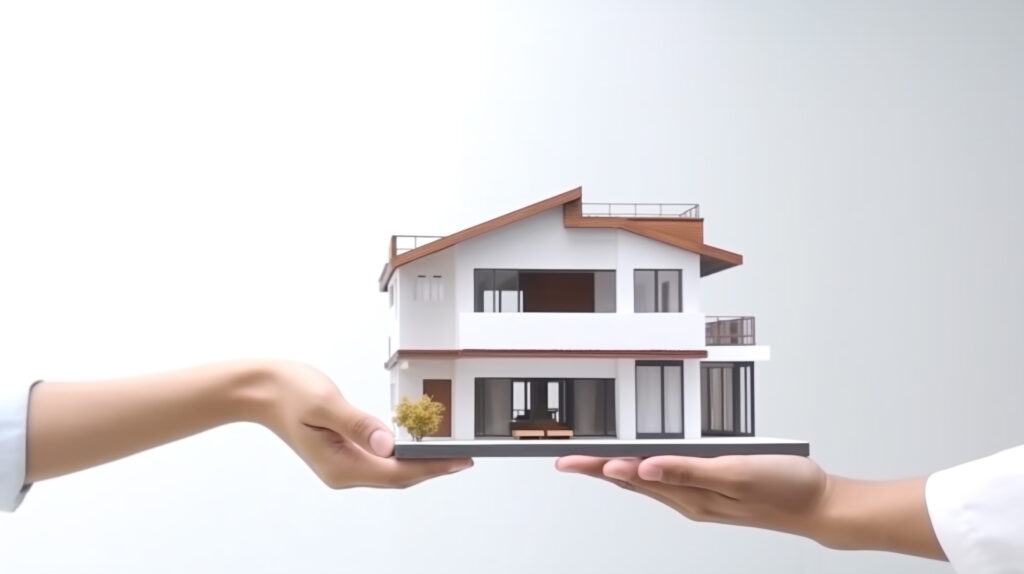
High-quality imagery is crucial in real estate marketing, and 3D virtual tours provide an unparalleled visual quality that static images cannot achieve.
These tours can also include virtual staging, which helps buyers better imagine their life in the home, further influencing their purchasing decisions.
Attracting a Modern Audience
The demand for digital-first experiences is growing, particularly among millennials and tech-savvy buyers who appreciate innovative approaches to property viewing. By offering 3D Walkthroughs, real estate agents can cater to this modern audience, providing the tech-forward solutions they expect.
Overcoming Common Hesitations and Best Practices

Even the most compelling technology faces adoption hurdles. Here are the top concerns we address with RealRender3D clients, along with best practices:
1. Concern – Clients won’t know how to navigate tours.
Solution – Provide a brief tutorial overlay or guided launch video. Most platforms auto-detect device type and offer intuitive controls.
2. Concern – Virtual tours require special hardware.
Solution – Modern tours run in any web browser or mobile device. No VR headset is required unless you choose to add that immersive layer.
3. Concern – Production turnaround is too slow.
Solution – RealRender3D delivers initial 3D tours in as little as seven days, with rapid revisions built into the process.
4. Concern – Cost is prohibitive.
Solution – Start with a pilot property to measure impact. Many clients see lead and offer increases that cover the tour cost within one closed sale.
By proactively addressing these hesitations, you ensure smooth integration of 3D virtual tours into your existing marketing workflows.
Conclusion: 3D Virtual Tour for Modern Viewing
You may still be weighing whether 3D Virtual Tours in Residential Real Estate are the right fit for your agency or brokerage.
The hesitation is valid—budgets, timelines, and client comfort levels all factor into adoption decisions. Yet the real-world results we’ve shared demonstrate that immersive tours accelerate engagement, broaden buyer pools, and drive faster, more confident offers.
At RealRender3D, we partner with real estate professionals to craft bespoke virtual tours that align with your brand, resonate with your clients, and deliver measurable ROI.
If you’re ready to transform your residential listings into immersive experiences that close deals, let’s explore how 3D virtual tours can become your competitive advantage.
Frequently Asked Questions
1. How do immersive virtual experiences benefit real estate listings?
They allow potential buyers to explore properties in detail from anywhere, increasing interest and engagement with the listing.
Are 360-degree virtual tours useful for international property buyers?
Yes, they are particularly beneficial for international buyers, allowing them to explore properties thoroughly without needing to travel.
2. Can digital twin tours help in selling properties faster?
Yes, by providing a detailed and interactive view of the property, they can speed up the decision-making process for buyers.
3. Are 3D walkthroughs cost-effective for real estate agents?
Initially, there’s an investment, but over time they reduce the need for physical showings and can attract more qualified leads, making them cost-effective.
4. How do panoramic tours impact buyer decisions?
They provide a comprehensive view of the property, helping buyers make informed decisions by better understanding the layout and features.
5. Can interactive virtual tours reduce the number of physical property visits?
Absolutely, they provide enough detail to satisfy initial buyer interest, leading to fewer but more purposeful physical visits.
6. What is the advantage of using digital showcases in marketing luxury homes?
Digital showcases can highlight the unique features and quality of luxury homes in a way that captivates high-end buyers and differentiates the property in a crowded market.
7. How can I measure the success of my online real estate listings?
Use the analytics tools provided by the portals to track views, enquiries, and engagement rates. Monitoring these metrics will help you understand what works, and what doesn’t, and how you can optimise your listings for better results.
Alex Smith is a content writer at RealRender3D, writing informative articles on 3D rendering, interior design, architecture, and related topics.
With over 15 years of experience at top UK architecture and interior design firms, Alex leverages his expertise to write engaging content educating readers on AEC industry trends and best practices.
Connect with Alex at alex@realrender3d.co.uk.
